Throughout history, poets have sought refuge from the noise and demands of everyday life, finding solace in places that inspire creativity and contemplation. These destinations offered physical distance from society, but also the mental space needed to craft their most enduring works.
Here is a list of 20 locations where famous poets historically retreated to find peace, inspiration, and the freedom to create without distraction.
Lake District, England

William Wordsworth made this northern English region’s rolling hills and serene lakes his lifelong home. The landscape’s natural beauty directly influenced his most famous works, including “I Wandered Lonely as a Cloud.”
Wordsworth would often walk miles daily through these hills, composing lines that later became the cornerstone of Romantic poetry.
Walden Pond, Massachusetts
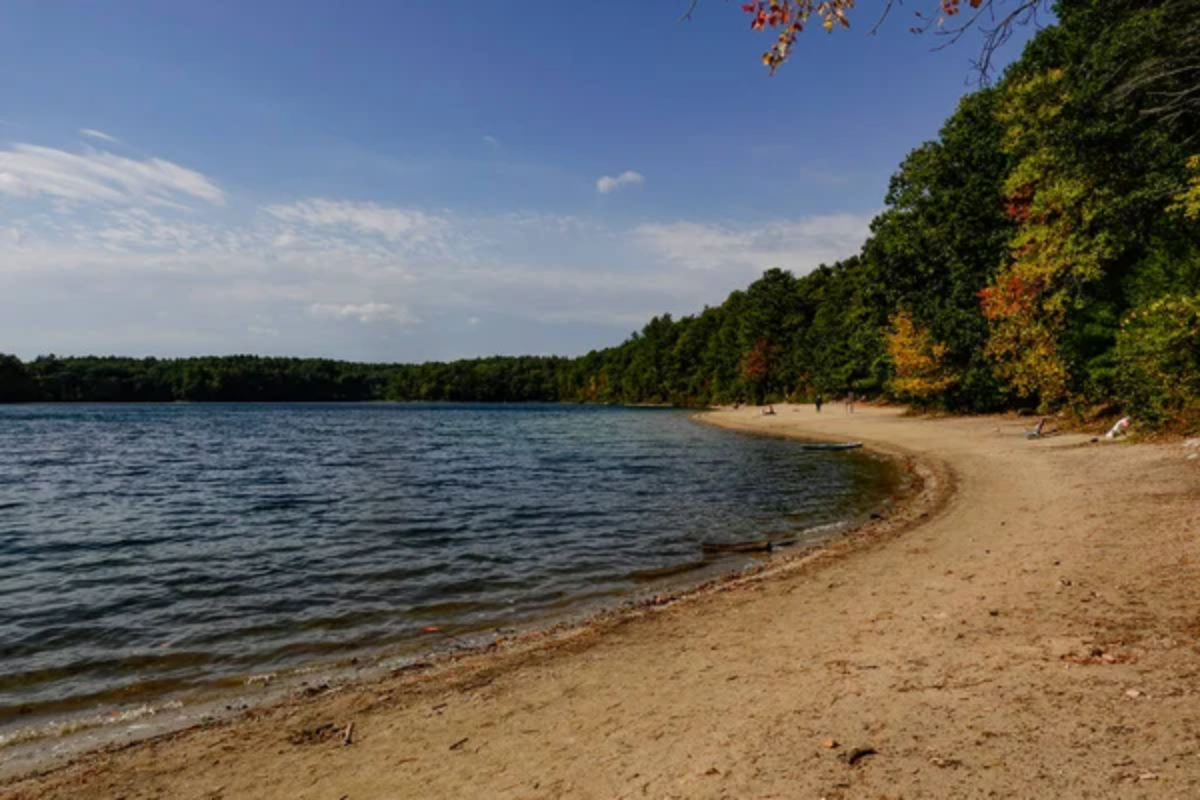
Henry David Thoreau’s two-year experiment in simple living at Walden Pond produced one of the most influential works in American literature. His small cabin beside the pond served as both home and observatory, where he documented nature’s rhythms and developed his philosophy of self-reliance.
The pristine waters and surrounding woods provided the perfect backdrop for his meditations on society and existence.
Like Travel Pug’s content? Follow us on MSN.
Big Sur, California

Robinson Jeffers built his stone tower, Tor House, on this dramatic stretch of California coastline and found endless inspiration in its rugged beauty. The powerful Pacific Ocean meeting the cliffs created the perfect setting for his nature-focused poetry.
Many poets, including Lawrence Ferlinghetti and Jack Kerouac, followed his path to Big Sur, all drawn to its remote, unspoiled landscape.
Dove Cottage, Grasmere
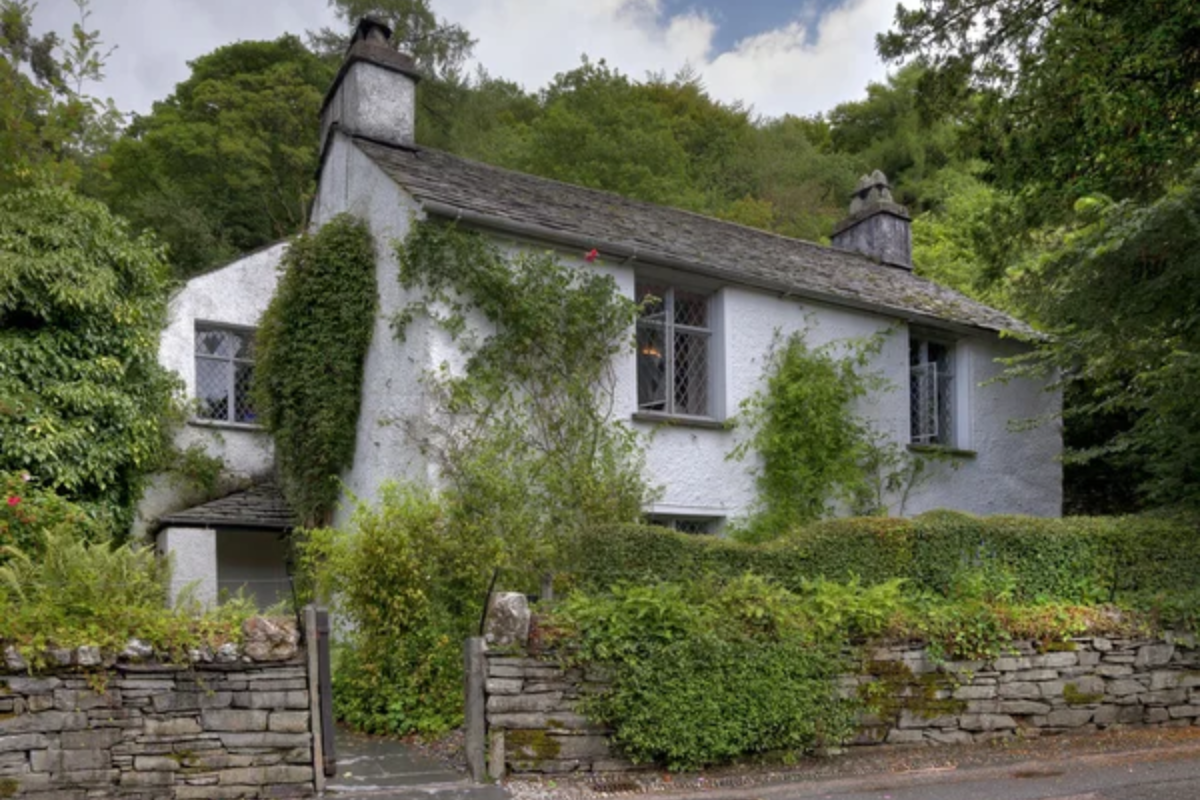
Dorothy and William Wordsworth’s humble home in the Lake District became a gathering place for literary giants like Samuel Taylor Coleridge and Thomas De Quincey. The cottage’s garden and surrounding fells gave Dorothy material for her journals, which often inspired her brother’s poetry.
Their time here marked some of the most productive years of William’s career, during which he wrote many of his best-known poems.
Key West, Florida

Elizabeth Bishop and Wallace Stevens found creative fuel in the southernmost point of the continental United States. The island’s laid-back atmosphere and tropical setting starkly contrasted with their northern origins.
Stevens visited annually during winter, writing poems influenced by the vibrant colors and relaxed pace of island life.
Like Travel Pug’s content? Follow us on MSN.
Yaddo, New York
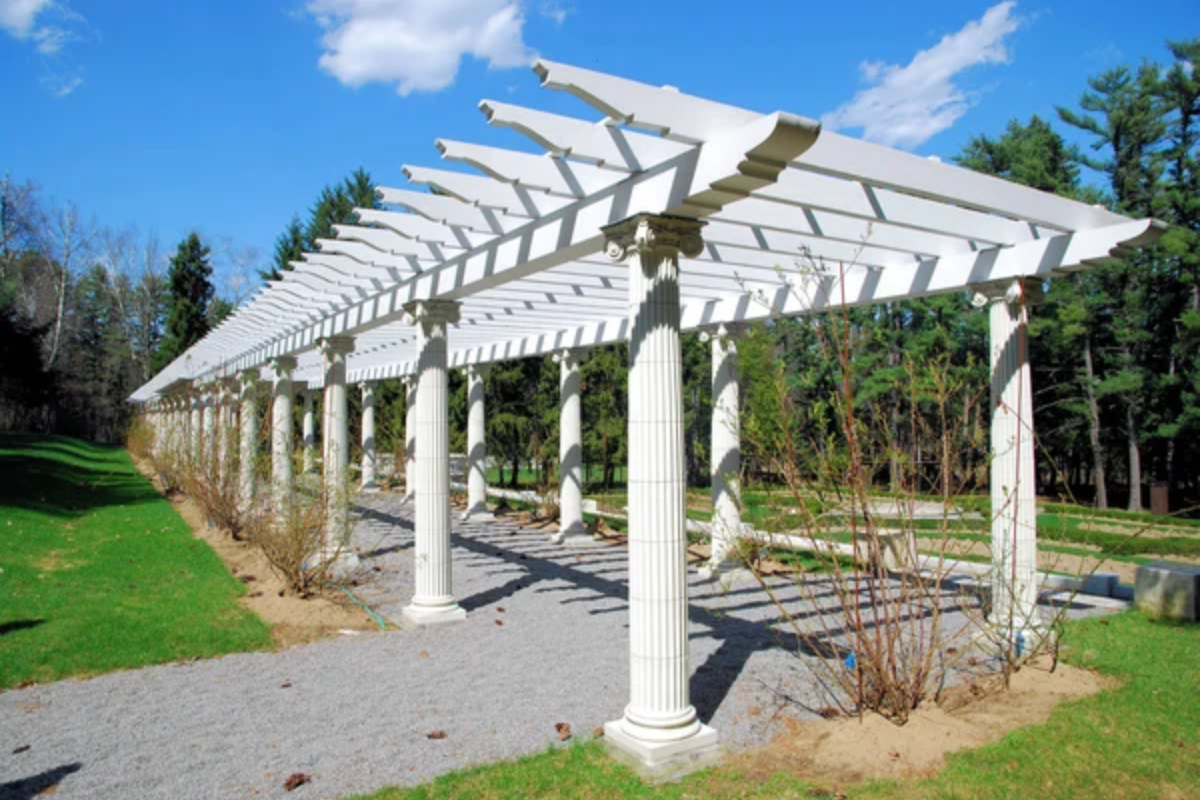
This artists’ retreat in Saratoga Springs has hosted generations of poets seeking uninterrupted creative time. Sylvia Plath, Elizabeth Bishop, and Langston Hughes spent productive periods at this sprawling estate.
The formal gardens and secluded woodland paths offered inspiration and the privacy essential for deep creative work.
Isle of Skye, Scotland
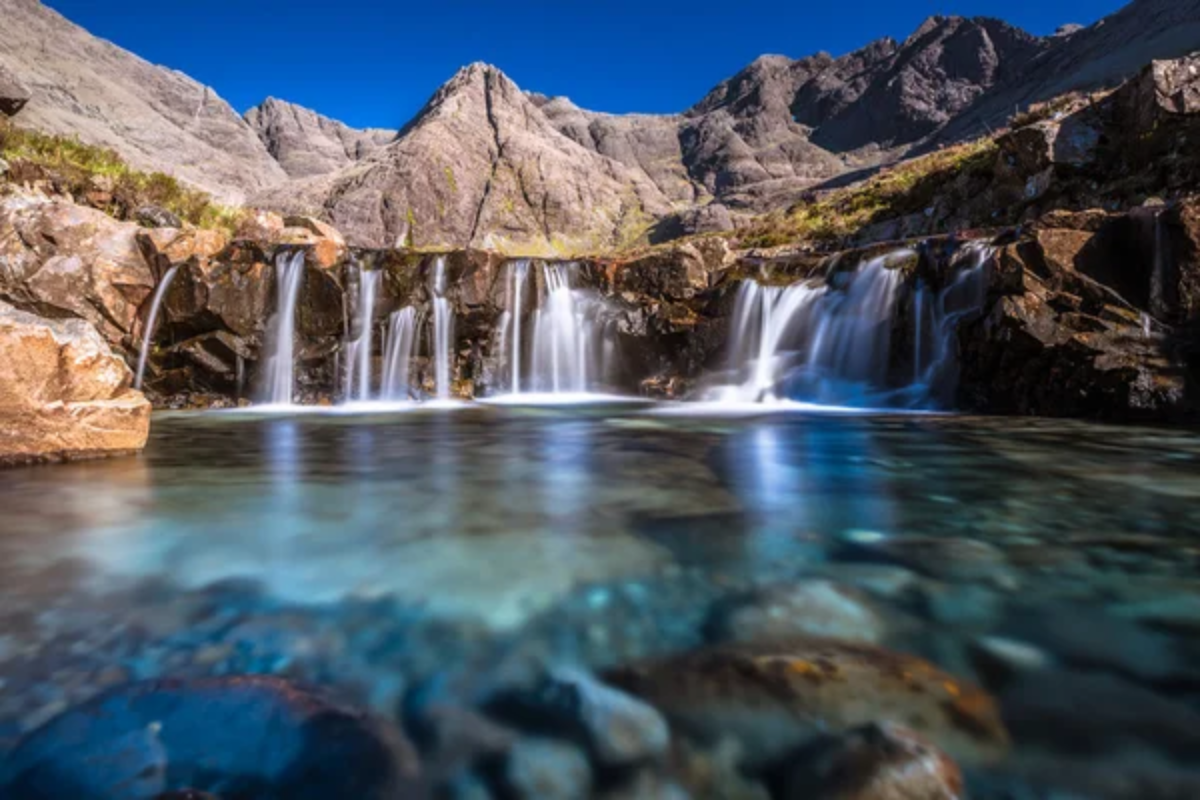
This Scottish island’s misty landscapes and ancient feel captivated many poets, notably Sorley MacLean. The island’s Gaelic heritage and dramatic coastline shaped his revolutionary poetry.
MacLean’s work often reflected the harsh beauty of Skye’s mountains and sea, connecting landscape to the complex history of Highland culture.
Amherst, Massachusetts
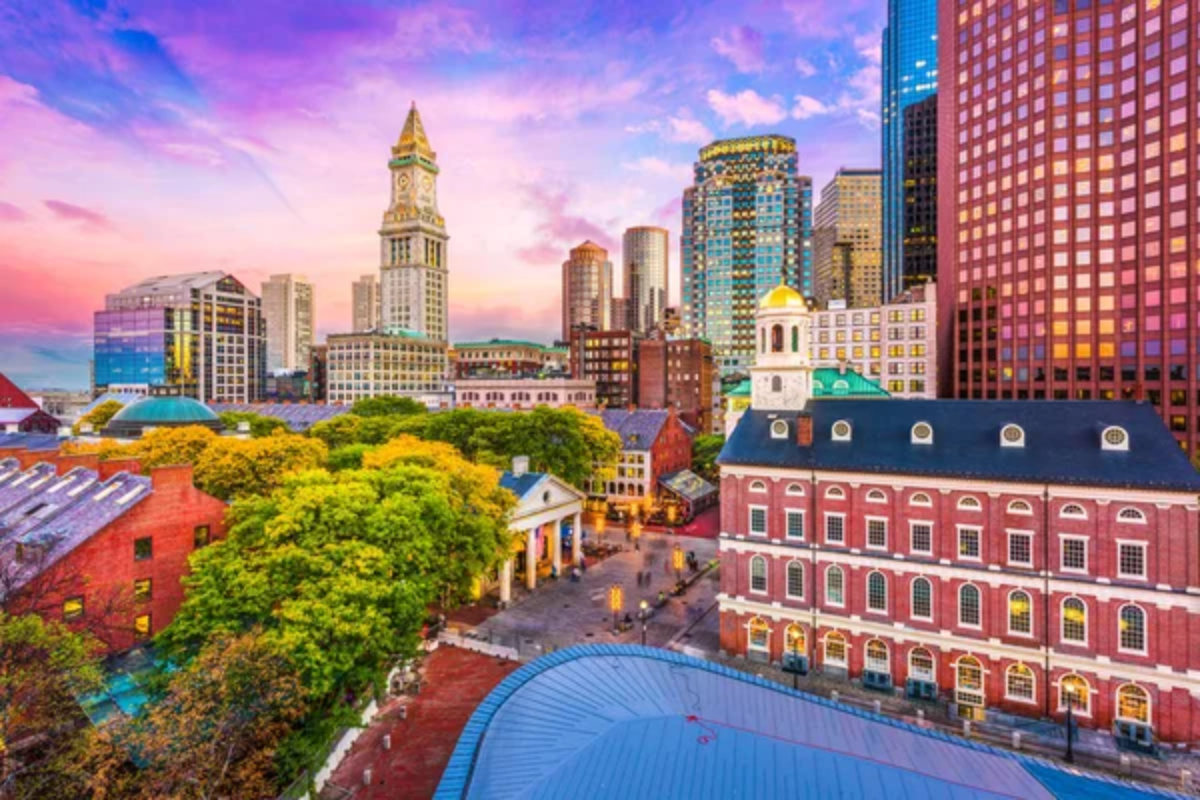
Emily Dickinson rarely left her family home in New England, yet she produced some of the most powerful poetry in American literature. Her garden provided constant inspiration, and many poems reference specific plants and seasonal changes.
The physical constraints of her limited travels contrast sharply with the boundless imagination evident in her work.
Like Travel Pug’s content? Follow us on MSN.
Dublin, Ireland
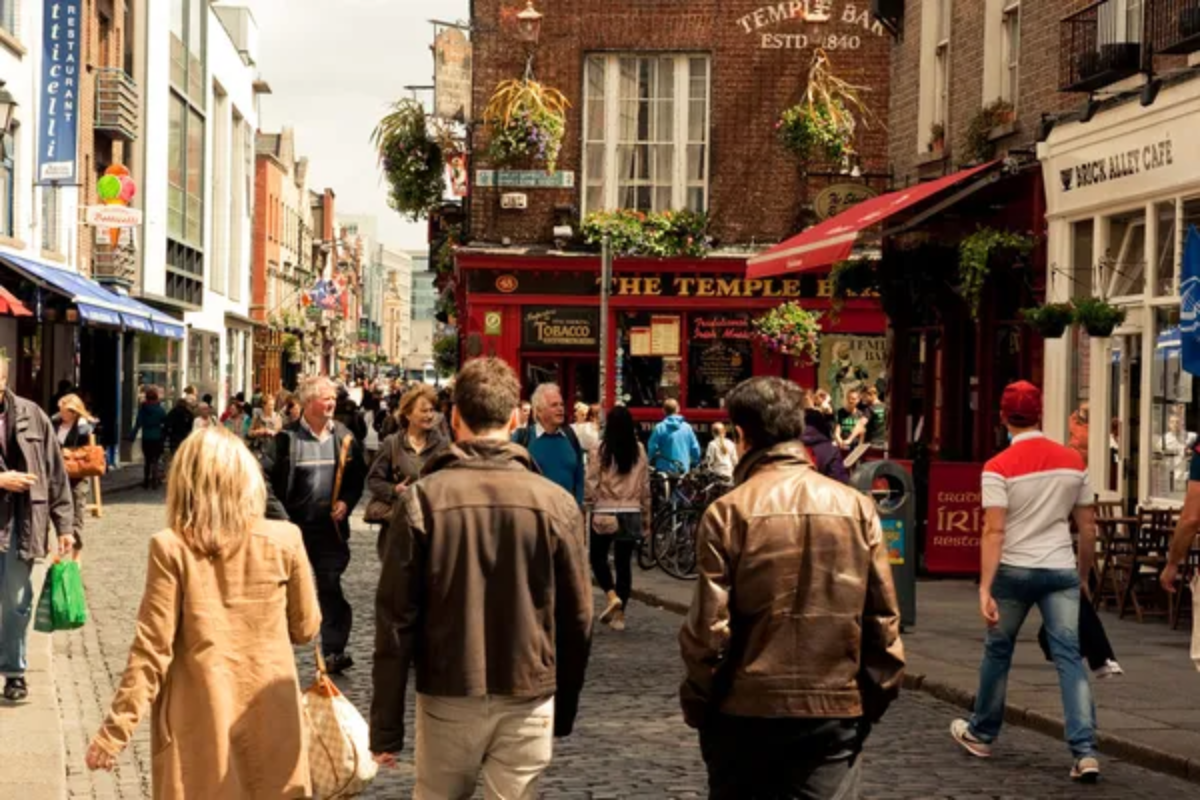
W. B. Yeats found creative fuel in urban Dublin and the surrounding Irish countryside. The city’s literary culture and revolutionary politics informed his early works.
Yeats later retreated to Thoor Ballylee, a Norman tower in rural Galway, where the ancient landscape and folklore inspired his most mature poetry.
Narrow Road to the Deep North, Japan
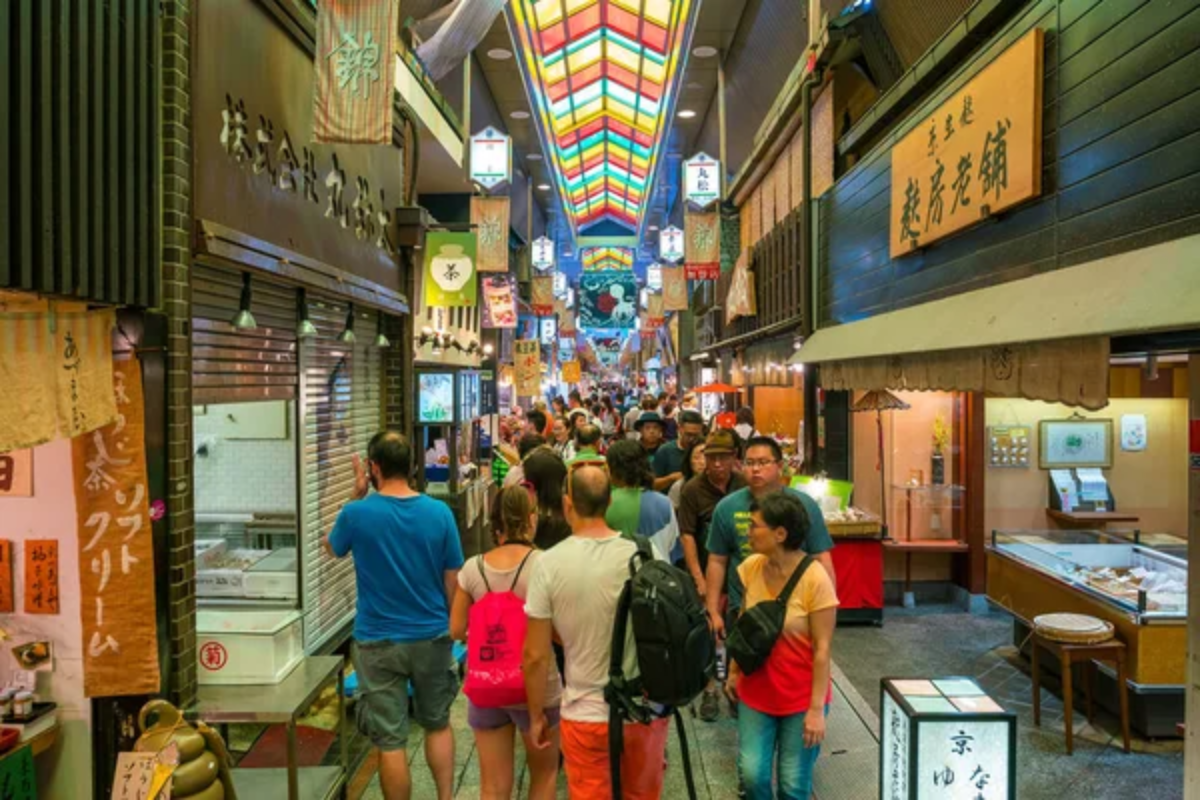
Matsuo Bashō’s famous journey through northern Japan resulted in one of the greatest travel diaries ever written. The poet sought remote temples, mountains, and historic sites that inspired his haiku.
Bashō believed that travel—removing oneself from routine—was essential to poetic vision and capturing truth in verse.
Venice, Italy
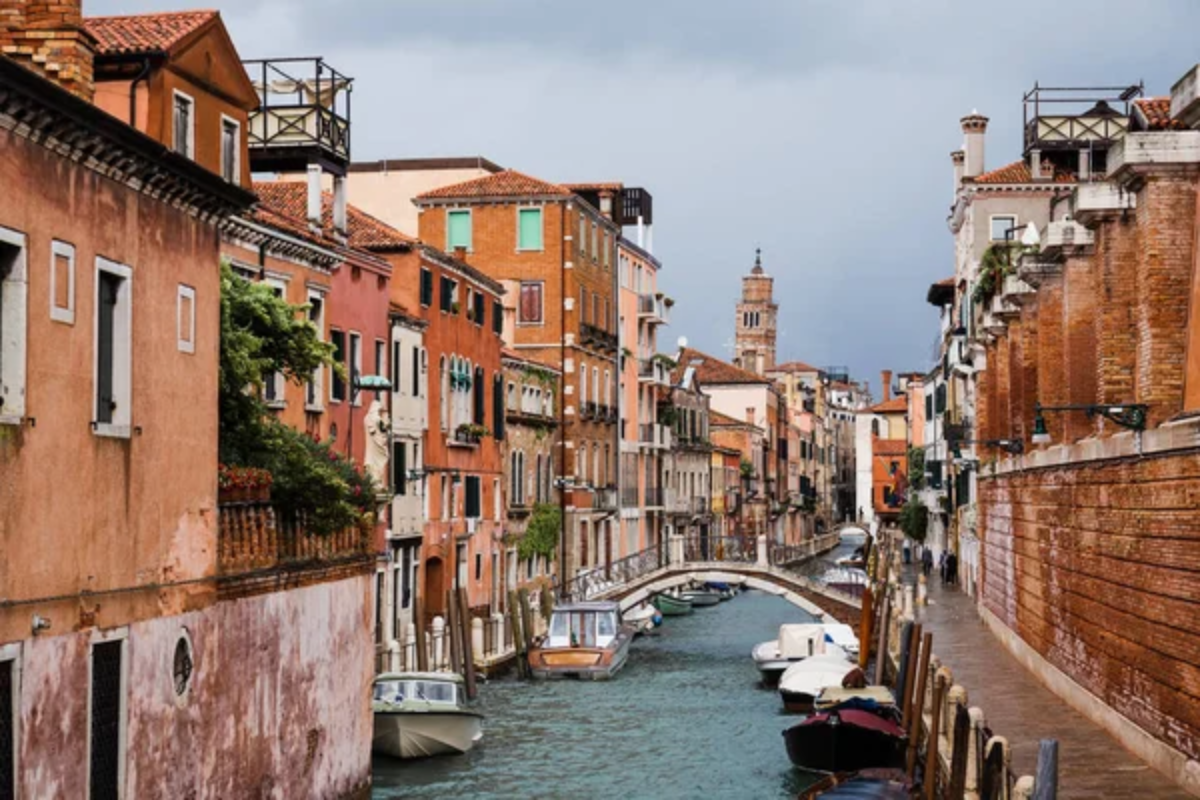
Byron, Shelley, and countless other poets found inspiration in this floating city’s unique atmosphere and rich history. The winding canals and architectural splendor sparked Byron’s imagination for portions of ‘Childe Harold’s Pilgrimage.’
Venice’s position as a crossroads of cultures made it particularly attractive to poets seeking new perspectives and artistic liberation.
Like Travel Pug’s content? Follow us on MSN.
Concord, Massachusetts
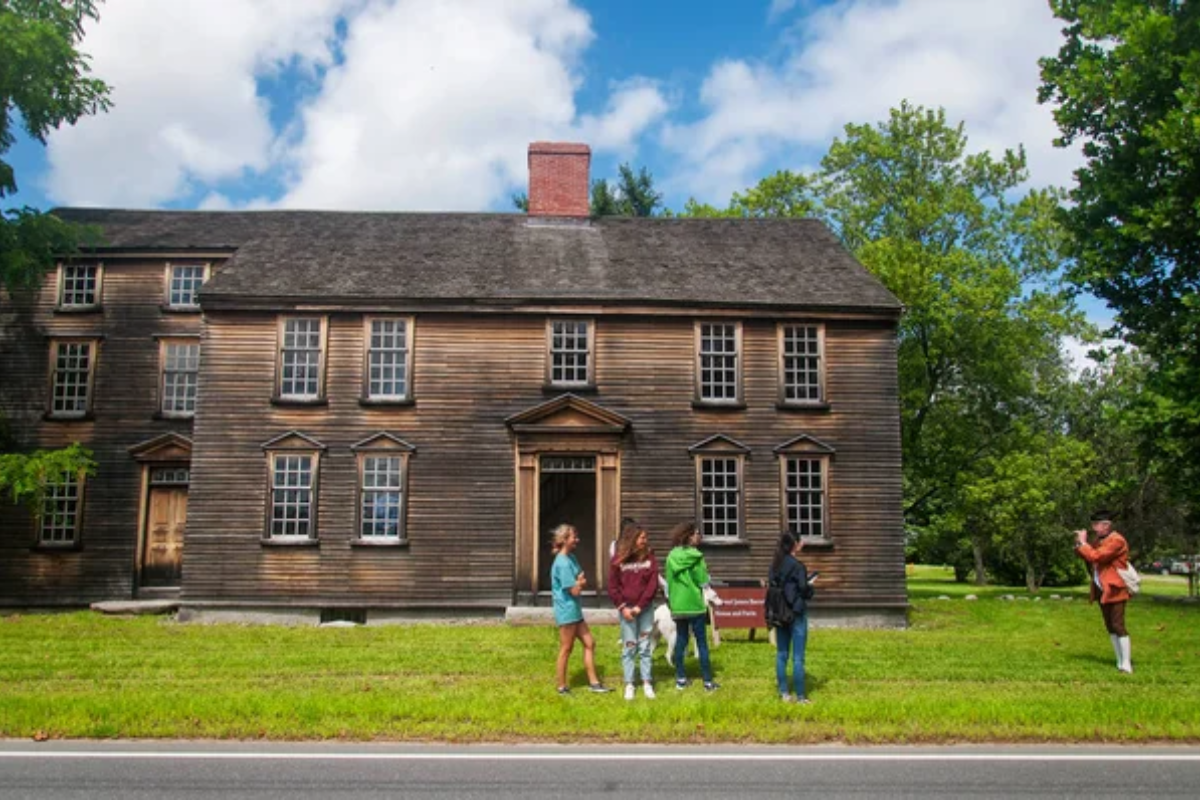
Ralph Waldo Emerson made this small town the center of Transcendentalist thought in America. The surrounding forests and meadows provided concrete examples of his nature-based philosophy.
Emerson’s home became a gathering place for fellow poets and thinkers, creating a rural intellectual community that shaped American literature for generations.
Kyoto, Japan

The ancient temples and gardens of Japan’s former capital have inspired poets for over a thousand years. The city’s seasonal changes, particularly the cherry blossom season and autumn colors, feature prominently in classical Japanese poetry.
The contemplative spaces of Zen gardens offered ideal settings for poetic reflection and the refinement of minimalist verse forms.
Hampstead Heath, London
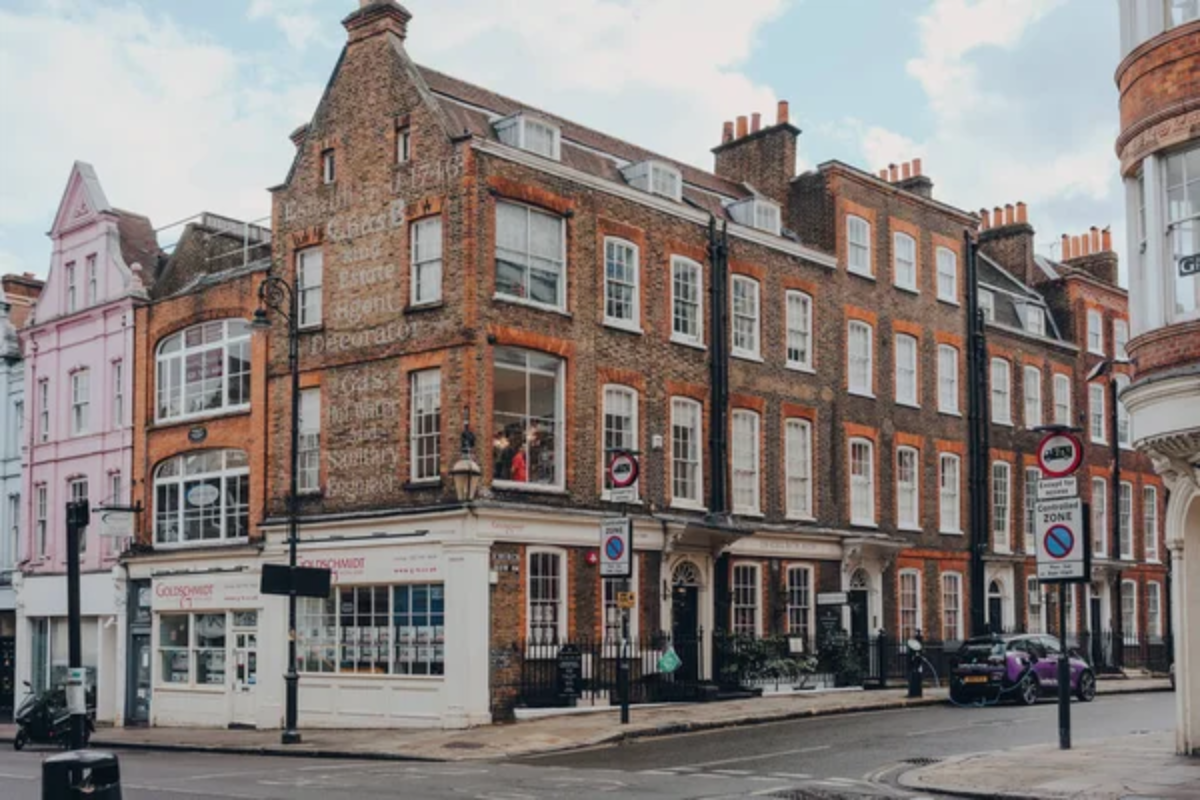
John Keats wrote some of his greatest poems while living near this large, wild park in London. The heath’s ancient trees and panoramic views of the city provided both natural beauty and necessary perspective.
Keats would walk here daily, composing lines that captured the tension between natural cycles and human mortality that define his work.
Like Travel Pug’s content? Follow us on MSN.
Capri, Italy
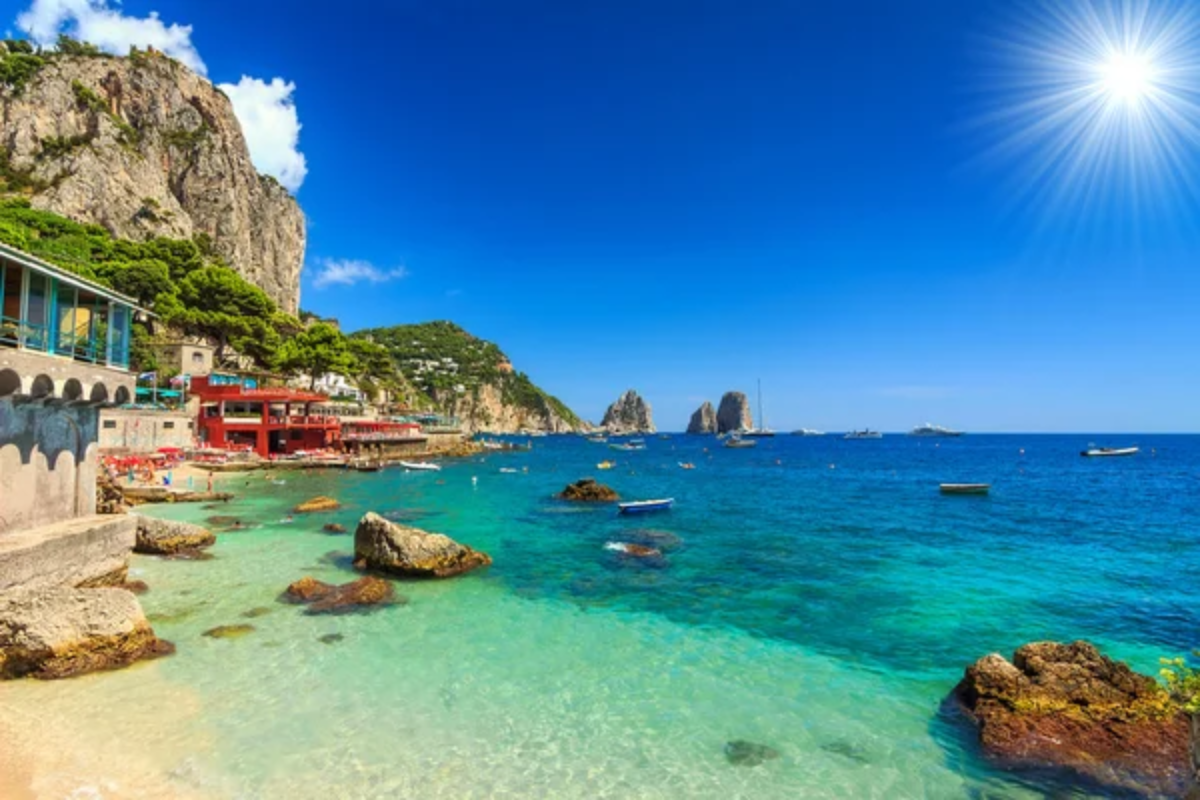
This Mediterranean island attracted numerous poets with its dramatic cliffs and brilliant blue waters. Pablo Neruda spent time here during his European exile, finding solace in its natural beauty and isolation.
The island’s sensual atmosphere and rich Roman history created an environment where past and present seemed to coexist—perfect for poetic contemplation.
San Francisco, California
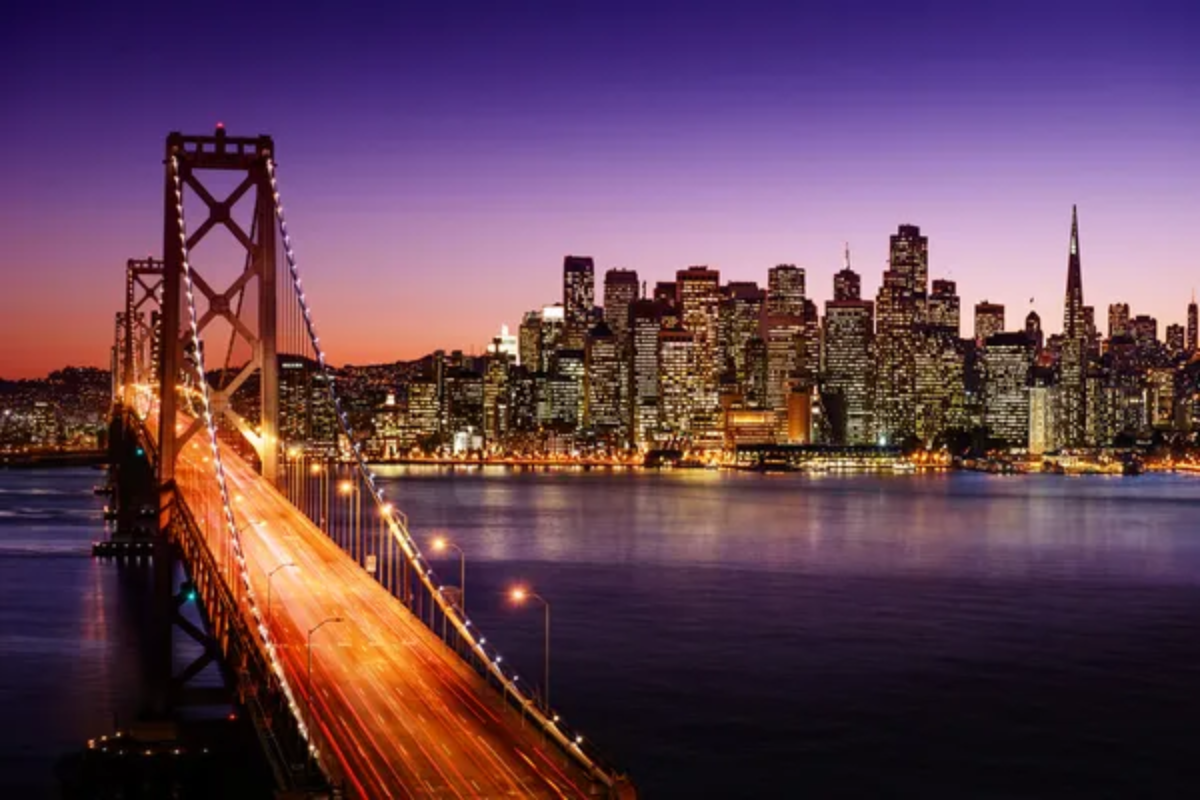
The Beat poets transformed this West Coast city into a center of literary revolution in the 1950s. Allen Ginsberg wrote much of ‘Howl’ in an apartment on Montgomery Street, while Gary Snyder brought Zen perspectives to the emerging counterculture.
The city’s fog-shrouded hills and vibrant multicultural neighborhoods provided refuge and material for their groundbreaking work.
Majorca, Spain
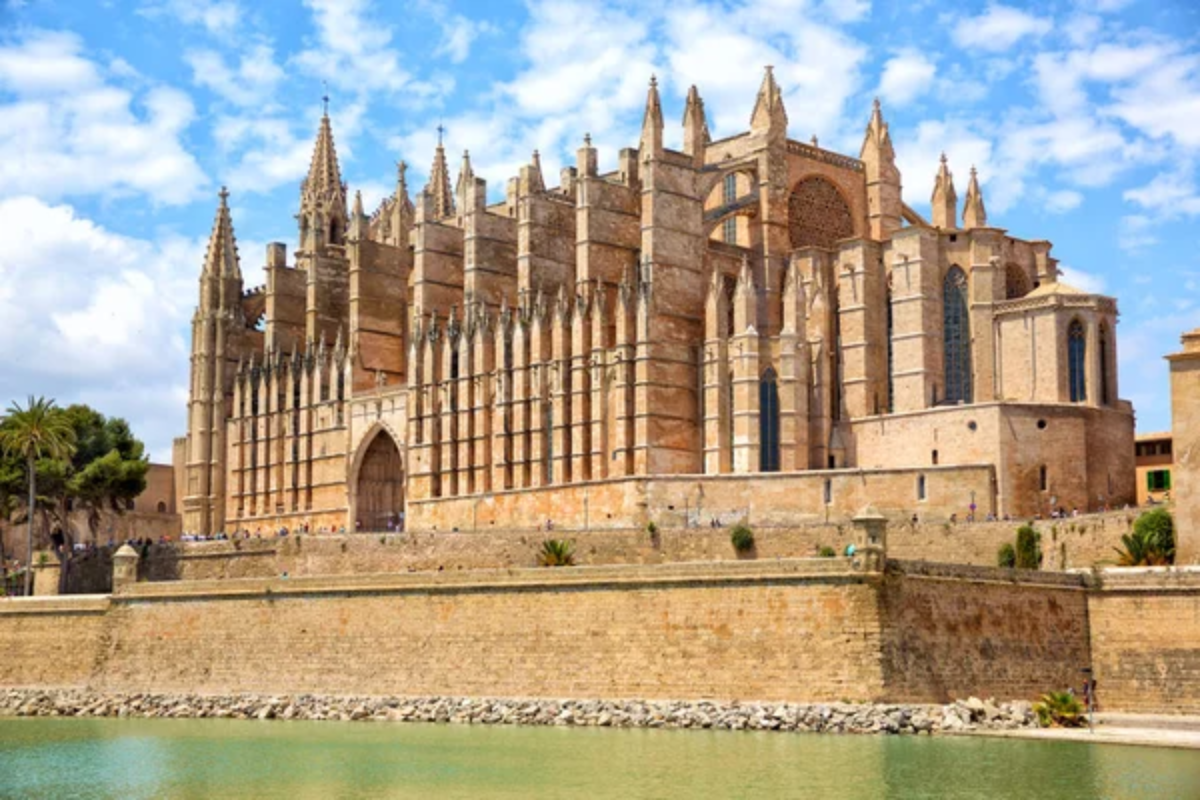
Robert Graves spent most of his adult life in the mountain village of Deià on this Mediterranean island. The dramatic landscape of mountains meeting sea created the ‘right mythic resonance’ for his work.
Graves believed the island’s ancient history and quality of light enhanced his creative abilities and connection to classical poetic traditions.
Like Travel Pug’s content? Follow us on MSN.
Arles, France

Though better known for attracting painters, this Provençal town also captivated poets with its distinctive light and Roman ruins. Paul Éluard and André Breton spent time here, influenced by the region’s sensory richness.
The surrounding lavender fields and the quality of Mediterranean light created an atmosphere conducive to surrealist imagery and experimentation.
Grez-sur-Loing, France

This small village south of Paris became an artists’ colony that attracted poets like Carl Sandburg and Vachel Lindsay. The peaceful riverside setting and historic stone buildings provided an ideal balance of natural beauty and cultural stimulation.
Many American poets found that the distance from home offered a fresh perspective, while the rural setting facilitated concentration.
New Harmony, Indiana
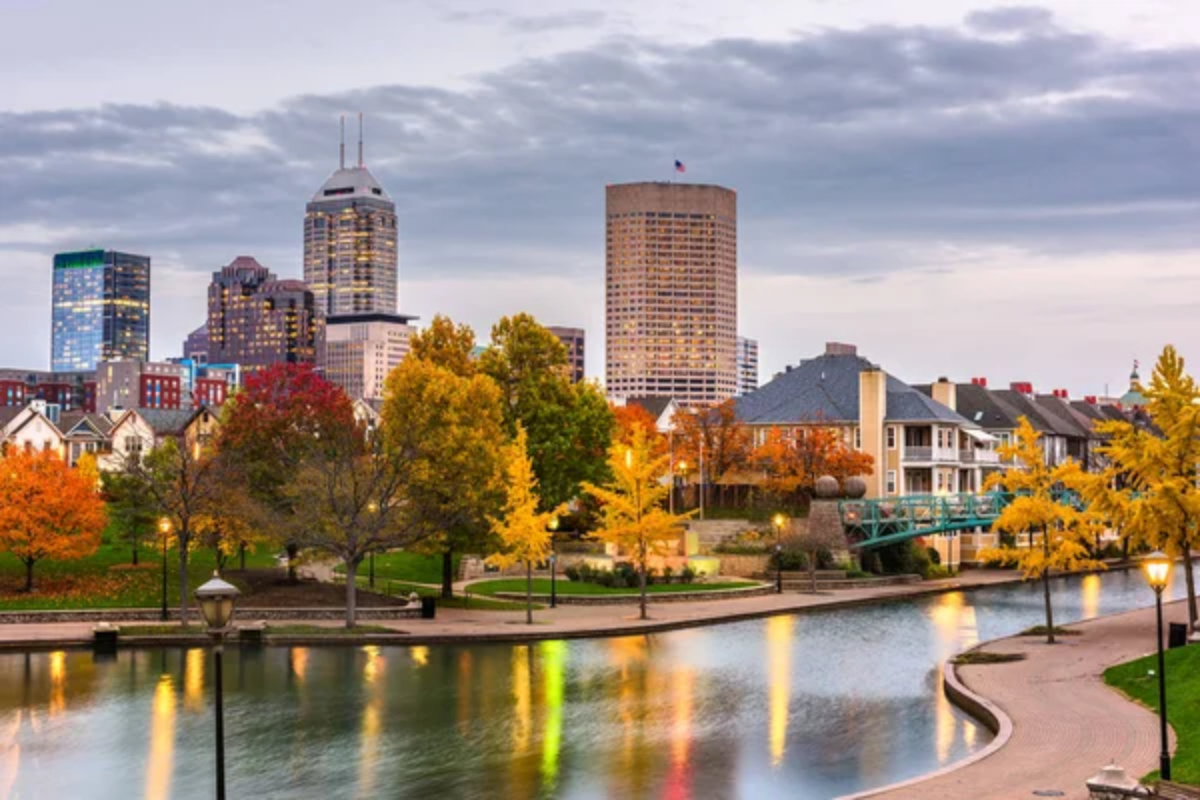
This utopian community attracted numerous Transcendentalist poets seeking to combine creative work with social experimentation. The planned community’s emphasis on intellectual and artistic pursuit created a uniquely supportive environment for creative work.
The surrounding Midwestern landscape, with its expansive skies and open fields, features prominently in the resulting poetry.
Like Travel Pug’s content? Follow us on MSN.
Poetic Pilgrimages Today
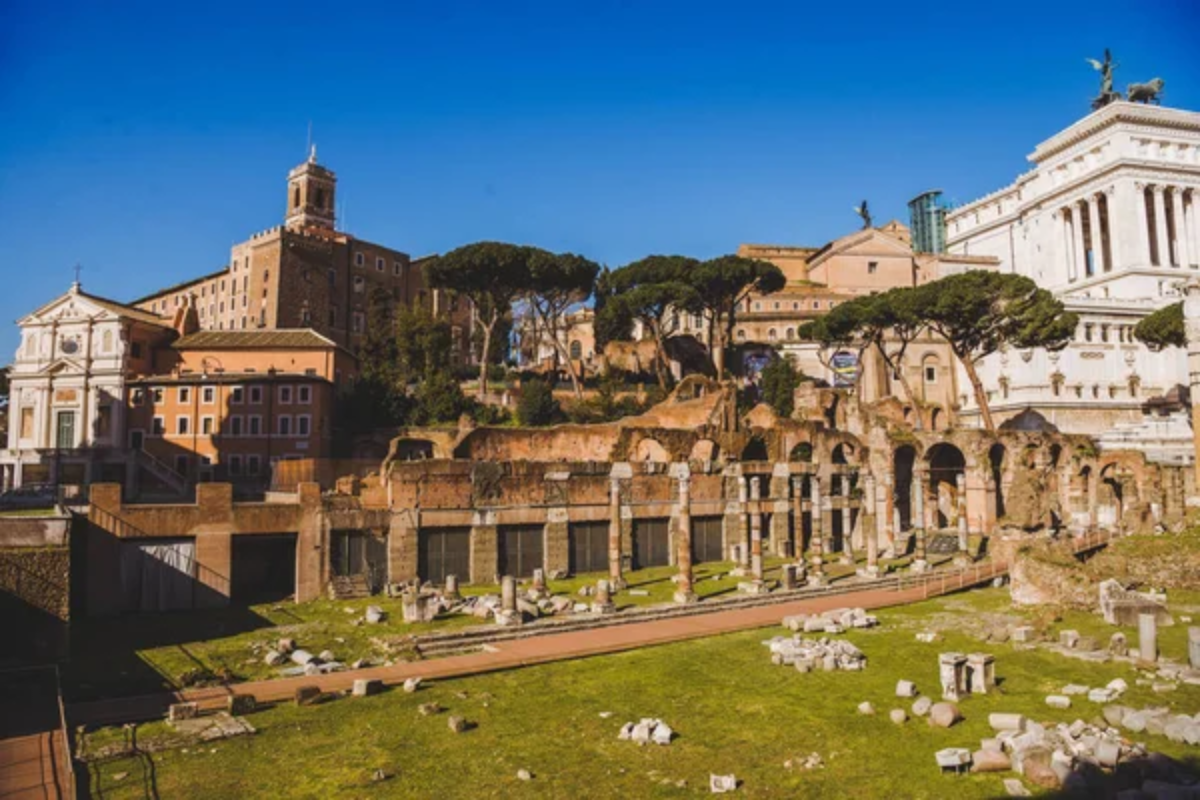
These destinations continue to attract literary tourists and contemporary poets seeking the same qualities that inspired their predecessors. The places that encouraged poetic revelation in the past still hold power today, offering modern visitors a connection to literary history—and perhaps their creative breakthroughs.
The tradition of poets finding necessary escape in particular landscapes reminds us that physical place remains essential to creative work, even in our increasingly digital world.
More from Travel Pug

- Cities Growing so Fast You Won’t Recognize Them in 10 Years
- 13 Destinations Where Tourists Regularly Regret Their Trip
- 20 Obscure WWII Sites Even History Buffs Don’t Know About
- 10 Under-the-Radar Mountain Towns That Are Both Affordable and Beautiful
- Remote Villages in Europe Where You Can Live for Free in Exchange for Work
Like Travel Pug’s content? Follow us on MSN.
